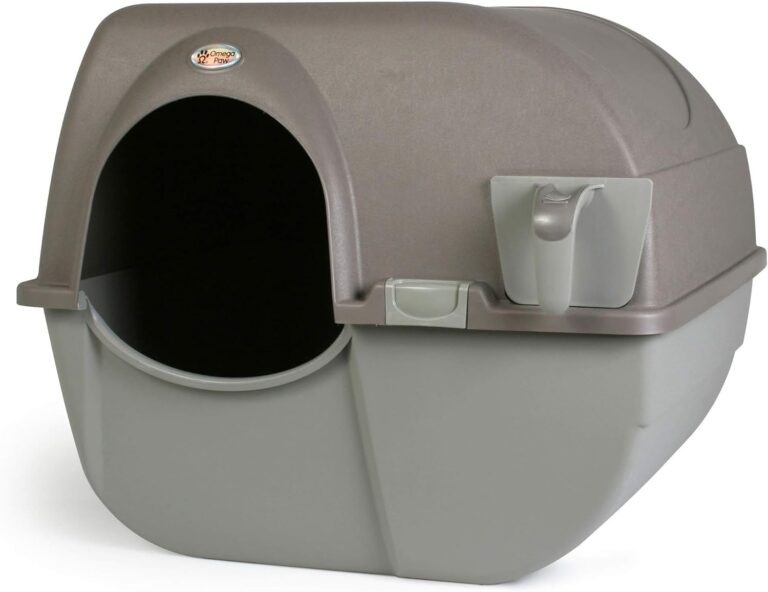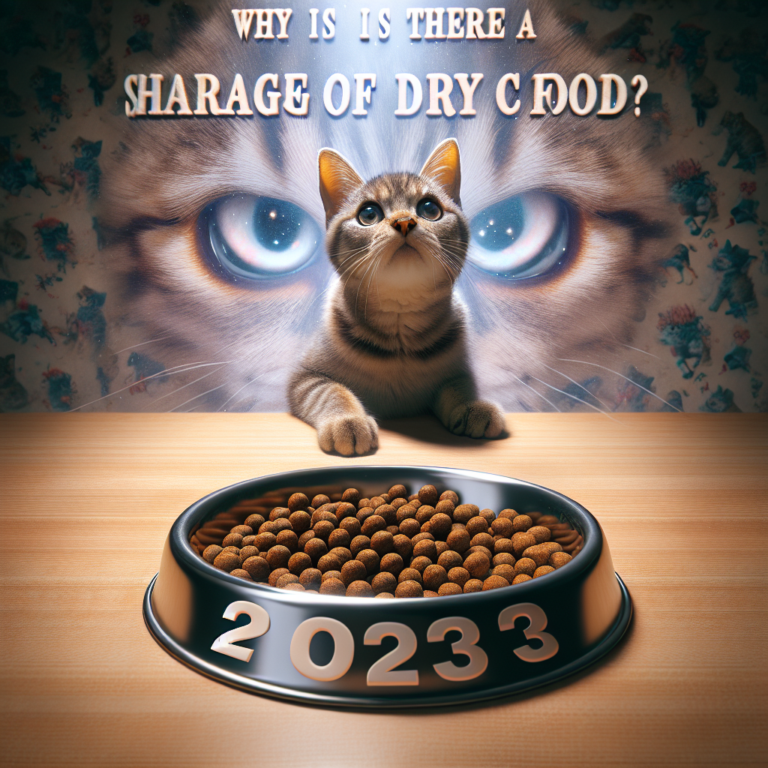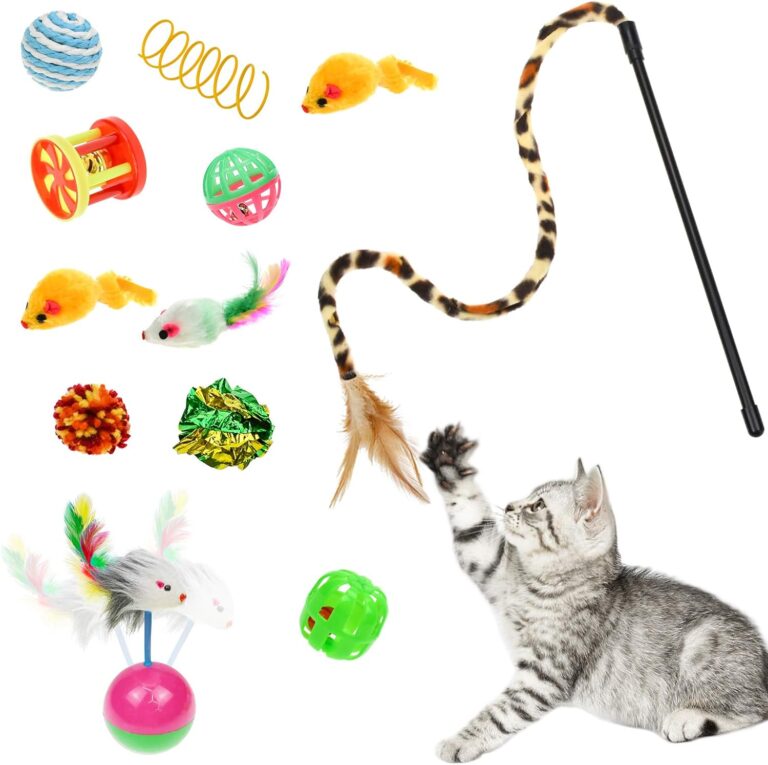What Is The Best Cat Food For Indoor Cats
Calling all cat owners! Are you wondering what is the best cat food for your furry friend who spends most of their time indoors? Look no further! In this article, we will explore the world of feline nutrition and share valuable insights on finding the perfect diet to keep your indoor cat healthy and happy. From understanding their unique dietary needs to exploring top brands and ingredients, we’ve got you covered. So, sit back, relax, and let’s embark on the journey of discovering the best cat food for indoor cats together!

Nutritional Needs of Indoor Cats
Protein Requirements
Protein is an essential nutrient for cats, and meeting their protein requirements is crucial for their overall health and well-being. Indoor cats especially need a higher protein intake to support lean muscle mass and maintain a healthy weight. Look for cat foods that contain high-quality animal-based proteins as the main ingredient, such as chicken, turkey, or fish. These protein sources provide the necessary amino acids that cats need for optimal health.
Fiber Content
Indoor cats often lead a more sedentary lifestyle compared to their outdoor counterparts. This lack of physical activity can lead to digestive issues like constipation. To prevent such problems, it’s important to choose cat foods that are rich in fiber. Fiber helps regulate bowel movements and promotes a healthy digestive system. Look for cat foods with a moderate to high fiber content, which can be found in ingredients like beet pulp, pumpkin, or grains like brown rice and oatmeal.
Preventing Hairballs
Hairballs are a common issue in cats, especially those who spend a significant amount of time grooming themselves indoors. The ingestion of loose hairs during grooming can lead to the formation of hairballs in the digestive tract. To prevent hairball formation, consider cat foods that are specifically formulated to address this issue. These foods usually contain added fiber to help move hair through the digestive system, reducing the likelihood of hairball formation.
Weight Management
Indoor cats are more prone to weight gain due to their reduced physical activity levels. Obesity can lead to various health problems, such as diabetes, arthritis, and heart disease. To help manage your indoor cat’s weight, choose cat foods formulated for weight control or indoor cats. These diets typically have lower calorie and fat content while still providing essential nutrients. Additionally, feeding controlled portion sizes and engaging in interactive play sessions can help keep your indoor cat active and maintain a healthy weight.
Types of Cat Food
Dry Cat Food
Dry cat food, also known as kibble, is a popular choice for many cat owners. It offers convenience, as it can be left out for free-feeding throughout the day. Dry cat food also helps promote dental health, as the crunchy texture can help reduce plaque and tartar buildup. When selecting dry cat food, ensure that it provides all the necessary nutrients your indoor cat needs and that it is formulated specifically for their life stage.
Wet Cat Food
Wet cat food, often referred to as canned food, provides higher moisture content compared to dry cat food. This is beneficial for indoor cats who may not drink enough water throughout the day. The moisture in wet cat food helps promote urinary tract health and can be particularly beneficial for cats prone to urinary issues. Additionally, wet cat food tends to have a stronger aroma, which can entice picky eaters and cats with a diminished sense of smell.
Semi-moist Cat Food
Semi-moist cat food is another option for feeding your indoor cat. It has a higher moisture content than dry cat food but lower than wet cat food. This type of cat food is typically soft and chewy, appealing to cats who prefer a different texture than kibble or canned food. However, it’s important to note that semi-moist cat food often contains higher levels of artificial additives and preservatives. Therefore, it’s essential to carefully review the ingredients and choose options with minimal additives.
Ingredients to Look for in Cat Food
High-Quality Protein Source
As mentioned earlier, cats are obligate carnivores, meaning they require a diet high in animal-based protein. Look for cat foods that list a high-quality protein source, such as chicken, turkey, or fish, as the primary ingredient. Avoid cat foods that heavily rely on plant-based proteins, as these may not provide the complete amino acid profile that cats need. High-quality protein sources help support lean muscle development and maintain a healthy weight.
Digestible Carbohydrates
Although cats don’t require as many carbohydrates as dogs, a small amount of easily digestible carbohydrates can be beneficial for energy and digestion. Look for cat foods that include carbohydrates like brown rice, oatmeal, or sweet potatoes. These ingredients provide a source of energy and fiber while being easy for cats to digest. Avoid cat foods that contain excessive amounts of fillers like corn, wheat, and soy, as these may not offer the same nutritional benefits.
Essential Fatty Acids
Essential fatty acids, such as omega-3 and omega-6 fatty acids, are important for maintaining healthy skin and a shiny coat in cats. Look for cat foods that include ingredients like fish oil or flaxseed, as these are excellent sources of these essential fatty acids. Not only do fatty acids contribute to a lustrous coat, but they also support overall immune health and reduce inflammation in the body.
Added Vitamins and Minerals
Cat foods that contain added vitamins and minerals can help ensure your indoor cat receives all the essential nutrients they need. These nutrients play a vital role in maintaining a healthy immune system, supporting proper organ function, and promoting overall well-being. Look for cat foods that contain a variety of vitamins, such as vitamin A, vitamin E, and vitamin C, as well as important minerals like calcium, phosphorus, and magnesium.
Common Ingredients to Avoid
Artificial Preservatives
Artificial preservatives, such as BHA, BHT, and ethoxyquin, are often added to cat foods to extend their shelf life. However, these preservatives have been linked to potential health issues in cats, including allergies and organ damage. Opt for cat foods that use natural preservatives like tocopherols (vitamin E) or rosemary extract instead.
Artificial Flavors and Colors
Artificial flavorings and colors are added to cat foods to make them more appealing to pets and pet owners. However, these additives serve no nutritional purpose and can potentially cause adverse reactions in cats. Choose cat foods that are free from artificial flavors and colors, as these unnecessary additives can affect your cat’s overall health.
Fillers and By-Products
Some cat foods contain fillers and by-products that offer little nutritional value. Fillers are often inexpensive ingredients used to bulk up the food without providing substantial benefits. By-products, such as chicken by-products or meat by-products, are lower-quality parts of animals that are not used for human consumption. Opt for cat foods that use higher-quality ingredients and avoid those that heavily rely on fillers or by-products.

Understanding Cat Food Labels
Guaranteed Analysis
The guaranteed analysis section on a cat food label provides information about the nutrient content in the food. It typically includes percentages of crude protein, crude fat, crude fiber, and moisture. This information can help you understand the nutritional composition of the cat food and whether it meets your indoor cat’s specific dietary needs.
Feeding Instructions
The feeding instructions on a cat food label provide guidance on how much food to serve your indoor cat based on their weight and age. It’s important to follow these instructions closely to avoid overfeeding or underfeeding your cat. Keep in mind that the recommended feeding amount may vary depending on your cat’s activity level and overall health.
AAFCO Approval
The Association of American Feed Control Officials (AAFCO) sets nutritional standards for pet foods. Look for cat foods that meet the AAFCO guidelines for your cat’s specific life stage, whether it’s “kitten,” “adult,” or “senior.” AAFCO-approved cat foods have undergone feeding trials or formulated to meet the established nutrient profiles, ensuring they provide the necessary nutrients for your indoor cat.
Recommended Brands of Cat Food
Wellness CORE Indoor Formula
Wellness CORE Indoor Formula is an excellent option for indoor cats. This cat food is specifically formulated to meet the nutritional needs of indoor cats, focusing on high-quality protein sources, fiber, and essential fatty acids. It contains deboned chicken and turkey as the primary ingredients, providing the necessary protein for lean muscle development. Wellness CORE Indoor Formula also includes antioxidants, prebiotics, and probiotics, promoting a healthy immune system and digestive system.
Royal Canin Indoor Adult Cat Food
Royal Canin Indoor Adult Cat Food is another top choice for indoor cats. This cat food is designed to support the unique needs of indoor cats, including hairball control, weight management, and digestive health. It contains a precise blend of fibers to help reduce hairball formation and promote healthy digestion. Royal Canin Indoor Adult Cat Food also helps limit calorie intake to maintain a healthy weight, ensuring your indoor cat stays in optimal condition.
Hill’s Science Diet Indoor Cat Food
Hill’s Science Diet Indoor Cat Food is a trusted brand that offers a variety of formulas tailored to indoor cats. Their indoor cat food provides a balanced nutrition approach, focusing on controlled levels of minerals to support urinary health and controlled levels of fat to maintain a healthy weight. It also contains a blend of natural fiber to help reduce hairballs and promote healthy digestion. Hill’s Science Diet Indoor Cat Food is made with high-quality ingredients and is backed by extensive research to ensure the best nutrition for your indoor cat.

Homemade Cat Food Options
Consulting with a Veterinarian
If you’re considering preparing homemade cat food for your indoor cat, it is essential to consult with a veterinarian first. They can guide you on the proper formulation of a balanced and nutritionally complete homemade diet to meet your cat’s specific needs. Homemade cat food requires careful planning and understanding of your cat’s dietary requirements, including specific vitamin and mineral supplementation.
Balanced Nutrition
When preparing homemade cat food, it’s crucial to ensure a balanced nutrition profile. Cats require specific nutrients like taurine, arachidonic acid, and essential fatty acids that may be lacking in homemade diets. Raw recipes should be carefully reviewed, as they can pose health risks from bacterial contamination. Consult with your veterinarian to create a homemade cat food plan that meets all of your indoor cat’s nutritional needs.
Safe Food Handling
Proper food safety practices are crucial when preparing homemade cat food. Always wash your hands and clean all utensils and surfaces thoroughly before and after handling raw ingredients. Keep raw meats separate from other ingredients and store homemade cat food in the refrigerator in tightly sealed containers. Discard any uneaten portions after a few days to prevent spoilage and bacterial growth.
Transitioning to a New Cat Food
Gradual Change
When transitioning your indoor cat to a new cat food, it’s important to do so gradually. Sudden changes in diet can result in digestive upset and refusal to eat. Start by mixing a small amount of the new cat food with the current food and gradually increase the proportion over a period of one to two weeks. Monitor your cat’s response during the transition and consult with your veterinarian if any concerns arise.
Monitoring Digestive Health
During the transition phase and after switching to a new cat food, it’s essential to monitor your indoor cat’s digestive health. Watch for any changes in stool consistency, vomiting, or loss of appetite. These signs may indicate that the new cat food is not suitable for your cat or that the transition is happening too quickly. If any digestive issues persist, consult with your veterinarian for guidance.
Feeding Schedule and Portion Control
Scheduled Mealtimes
Establishing a regular feeding schedule for your indoor cat can provide structure and prevent overeating. Divide your cat’s daily food allowance into several small meals throughout the day, depending on their age and activity level. Avoid free-feeding, as it can lead to excessive weight gain. Scheduled mealtimes also allow you to monitor your cat’s appetite and detect any changes in their eating habits that may indicate underlying health issues.
Avoiding Overfeeding
Overfeeding is a common mistake that can lead to weight gain and associated health problems in indoor cats. Follow the feeding guidelines provided on the cat food packaging or consult with your veterinarian for portion recommendations based on your cat’s weight and activity level. Use a measuring cup to accurately measure the food rather than estimating, as this can help prevent unintentional overfeeding.
Age and Health Considerations
Kitten Food
Kittens have different nutritional needs compared to adult cats, as they are still growing and developing. Look for cat foods specifically formulated for kittens, as these provide the necessary nutrients for their growth and development. Kitten food typically has higher levels of protein and fat to support their energy requirements. It’s important to transition kittens to adult cat food gradually after they reach their first birthday.
Senior Cat Food
As cats age, their nutritional requirements may change. Senior cat food is formulated to meet the specific needs of older cats, including joint support and digestive health. Look for cat foods labeled as “senior” or “mature” when your indoor cat reaches around seven years of age. These diets often contain ingredients like glucosamine and chondroitin for joint health and easily digestible proteins for optimal nutrient absorption.
Special Dietary Needs
Some indoor cats may have special dietary needs due to food allergies, sensitivities, or underlying health conditions. Consult with your veterinarian to determine if your cat requires a specialized diet and to receive recommendations for appropriate cat food options. Prescription diets are available for cats with specific medical conditions and should only be used under the guidance of a veterinary professional.
In conclusion, choosing the best cat food for indoor cats involves considering their specific nutritional needs, such as protein requirements, fiber content, and weight management. Look for cat foods that provide high-quality protein sources, digestible carbohydrates, essential fatty acids, and added vitamins and minerals. Avoid ingredients like artificial preservatives, flavors, and colors, as well as fillers and by-products. Understanding cat food labels and seeking reputable brands like Wellness CORE, Royal Canin, and Hill’s Science Diet can help ensure the quality and nutritional balance of your indoor cat’s diet. If considering homemade cat food, consult with a veterinarian for proper formulation and safe food handling practices. Transitioning to a new cat food should be done gradually, and monitoring digestive health is important throughout the process. Establishing a feeding schedule and practicing portion control can prevent overfeeding and maintain a healthy weight. Age and health considerations should also be taken into account, with specific formulations available for kittens, senior cats, and those with special dietary needs. By following these guidelines, you can help provide your indoor cat with a nutritionally balanced and fulfilling diet.







